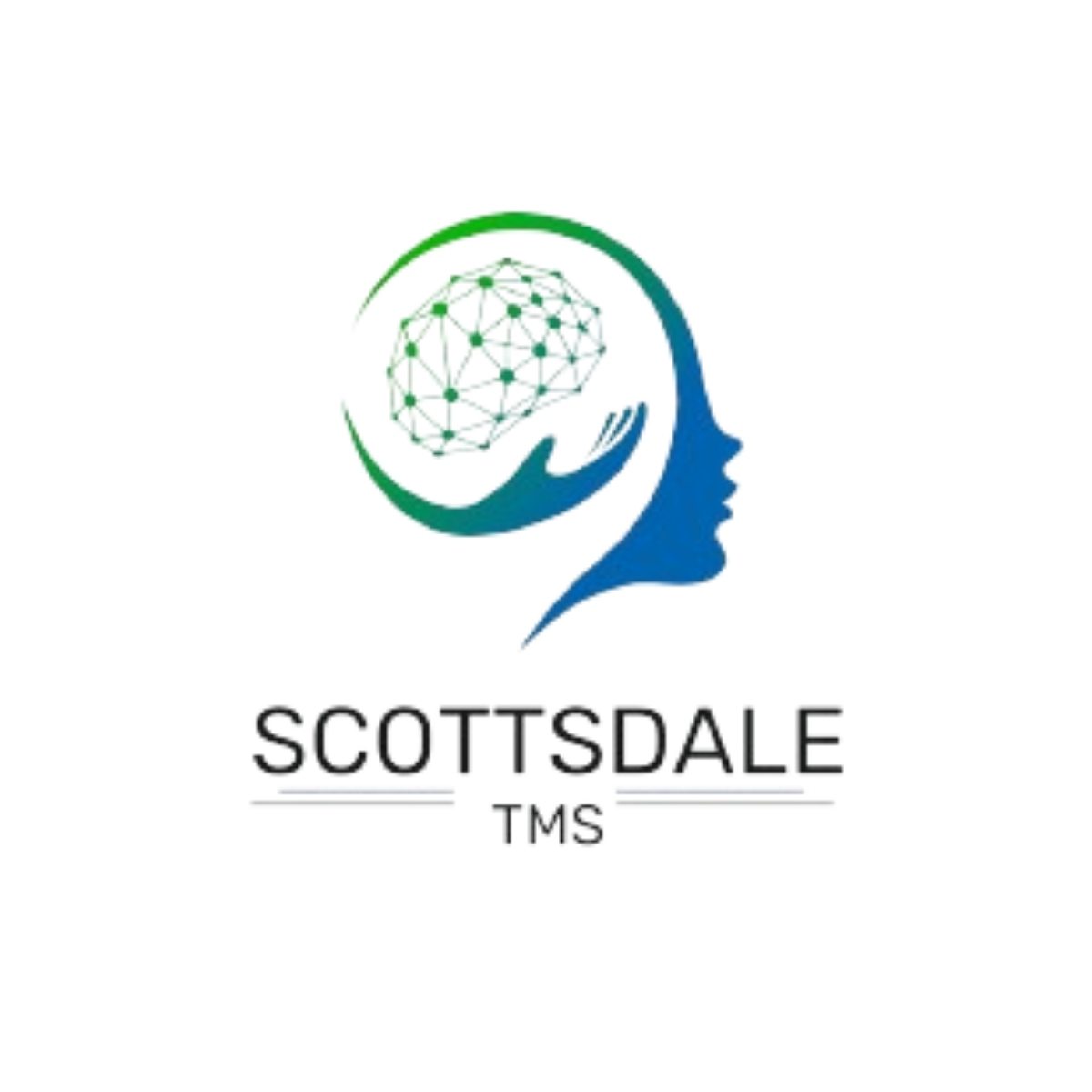Mental health care is rapidly evolving. For decades, treatments for depression and anxiety focused mainly on antidepressant medications and talk therapy. While these methods help millions, they are not always effective for everyone. Many people with treatment-resistant depression continue to struggle with severe symptoms despite multiple attempts at recovery.
That’s where transcranial magnetic stimulation (TMS) comes in. This innovative approach combines psychiatry with brain-stimulating technology to offer hope for patients who did not find relief with traditional options. TMS therapy and mental health care are now deeply connected, and psychiatrists are using it to change lives across the world.
Questions Answered in This Article:
Our Alcohol Addiction Treatment Programs

Scottsdale Rehab
Luxury Personalized Rehab

Hart Rehab
Holistic Luxury Personalized Rehab

Scottsdale Detox
Luxury Medical Detox
How TMS Therapy Works
Transcranial magnetic stimulation (TMS) is a non-invasive therapy that uses magnetic fields to stimulate nerve cells in the brain. Unlike medications that circulate throughout the body, TMS targets specific regions linked to depression symptoms.
During a treatment session, a psychiatrist or technician places a magnetic coil against the scalp. This coil delivers gentle magnetic pulses to the prefrontal cortex, an area of the brain often underactive in major depression. Patients hear a rhythmic clicking sound as the coil works, but the process is painless and does not require anesthesia.
The technique most often used is called repetitive transcranial magnetic stimulation (rTMS). It involves repeated pulses over several sessions to encourage long-term changes in brain activity. This approach has earned approval by the FDA for the treatment of depression and obsessive-compulsive disorder (OCD).
Why Mental Health Needs New Approaches
Mental health disorders are among the leading causes of disability worldwide. According to the World Health Organization, more than 280 million people globally live with depression. In the United States alone, nearly 21 million adults experienced at least one major depressive episode in 2020.
Despite the availability of medications and psychotherapy, up to one-third of people with depression symptoms do not respond to standard care. This group is often diagnosed with treatment-resistant depression. They may cycle through multiple prescriptions, including SSRIs and SNRIs, but continue to experience severe emotional distress.
These challenges highlight the need for alternatives like TMS treatment, which directly targets brain circuits involved in mood regulation. For many, this offers a chance at relief when traditional options have failed.
How TMS Psychiatry Works in Mental Health Treatment
The process of TMS therapy is straightforward and designed for patient comfort.
- Initial consultation – A psychiatrist reviews the patient’s history, focusing on major depression, anxiety, or OCD symptoms. They may also discuss whether primary care providers have tried previous medications.
- Mapping the brain – The psychiatrist locates the correct region of the brain to stimulate. This ensures the magnetic coil delivers pulses where they are most effective.
- Treatment session – The patient sits in a chair while the coil is placed on their head. The machine delivers magnetic pulses, creating a mild tapping sensation and a clicking sound.
- Session duration – Each session usually lasts 20–40 minutes. Patients remain awake and alert, and can resume daily activities immediately.
- Treatment course – A standard TMS treatment plan includes sessions five times a week for four to six weeks.
Over time, these repeated stimulations help “reset” brain activity, leading to improvements in mood and reduced depression symptoms.
Comparing TMS Therapy with Traditional Treatments
For decades, antidepressant medications have been the first line of care for depression. While they work for many, they also bring side effects like weight gain, fatigue, or sexual dysfunction. More concerning, they often take weeks to show results, leaving patients discouraged.
By contrast, TMS therapy:
- Does not require drugs or sedation.
- Has minimal side effects, usually mild scalp discomfort or headache.
- Targets the brain directly rather than affecting the entire body.
Compared to electroconvulsive therapy (ECT), another brain-stimulating treatment, TMS is less invasive. ECT requires anesthesia and can cause memory problems, while TMS allows patients to return to normal activities after each session.
This makes TMS psychiatry an appealing middle ground: more effective than relying solely on medication, but less intense than ECT.
Benefits of Psychiatric TMS Treatment
The growing use of TMS therapy is reshaping the treatment of depression and other conditions. Key benefits include:
- Relief from depression symptoms: Many patients with treatment-resistant depression experience noticeable improvements after several weeks.
- Drug-free recovery: Since TMS is non-pharmaceutical, it avoids complications tied to medication use.
- Long-term improvements: Studies show lasting results, with some patients experiencing remission months after treatment.
- Broader applications: Research continues on TMS for PTSD, bipolar disorder, and even addiction.
For many, these benefits mark the first real progress in years of struggling with mental illness.
The Future of TMS Psychiatry in Mental Health Care
The role of TMS therapy is expanding. Researchers are exploring new applications beyond depression symptoms and OCD. Studies suggest it may help with conditions like generalized anxiety disorder, schizophrenia, and substance use disorders.
Technological advances are also making treatment more precise. Modern machines allow psychiatrists to adjust the strength, frequency, and location of stimulation, personalizing care to each patient’s brain.
As more evidence supports its effectiveness, primary care physicians and psychiatrists may increasingly refer patients to TMS treatment earlier, rather than waiting until other methods fail. This shift could make repetitive transcranial magnetic stimulation a standard part of mental health care in the near future.
TMS and Mental Health Treatment Near You
The integration of TMS psychiatry into modern health care marks a turning point for millions of people. By combining magnetic fields with psychiatric expertise, this therapy offers hope to those living with treatment-resistant depression and other conditions.
If you’re considering TMS therapy, it’s important to find a qualified provider. Here are steps to guide your search:
- Look for clinics with approval by the FDA for TMS devices.
- Confirm the staff includes trained psychiatrists who specialize in the treatment of depression and OCD.
- Ask about treatment costs, insurance coverage, and expected outcomes.
- Discuss your full history of antidepressant medications and therapies to see if TMS is right for you.
For those searching for relief from persistent depression symptoms, this approach offers a path forward—and a renewed sense of hope. By partnering with a trusted clinic, patients can begin their journey toward long-term mental health recovery.

